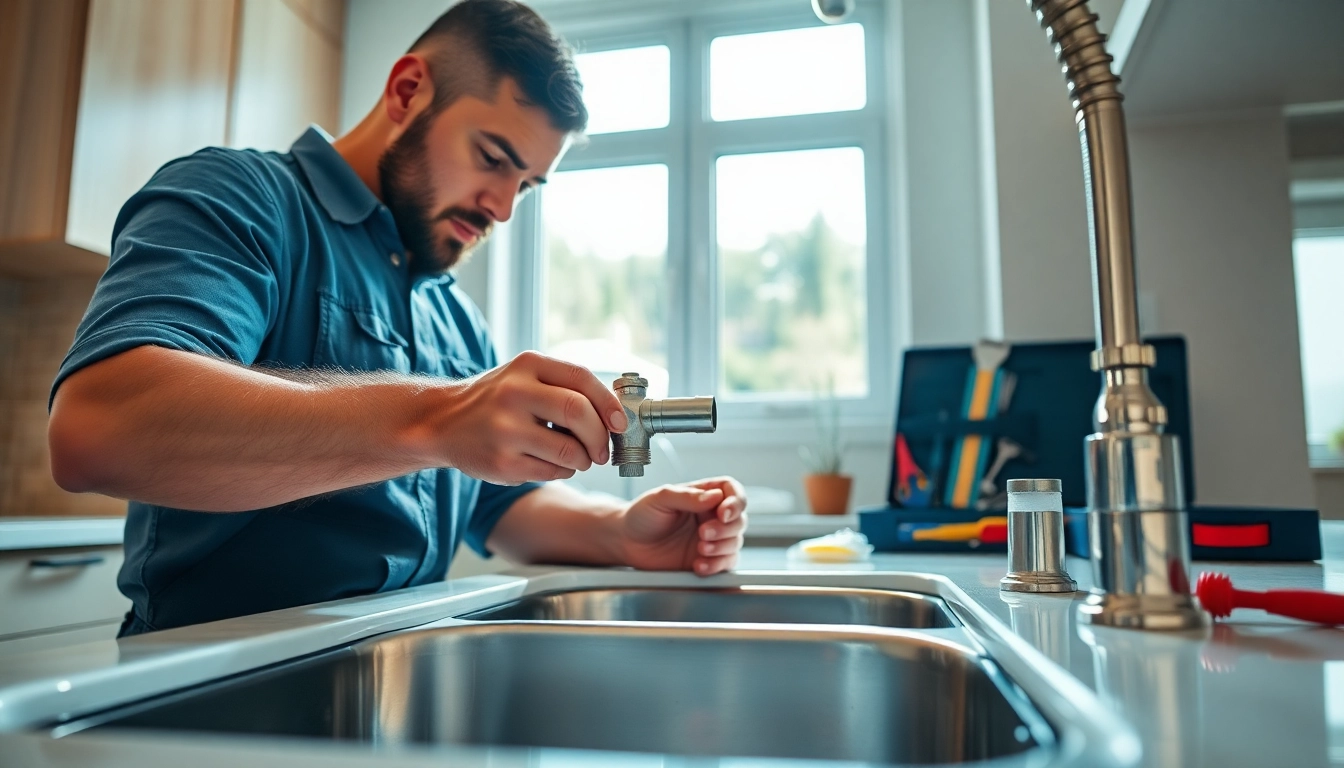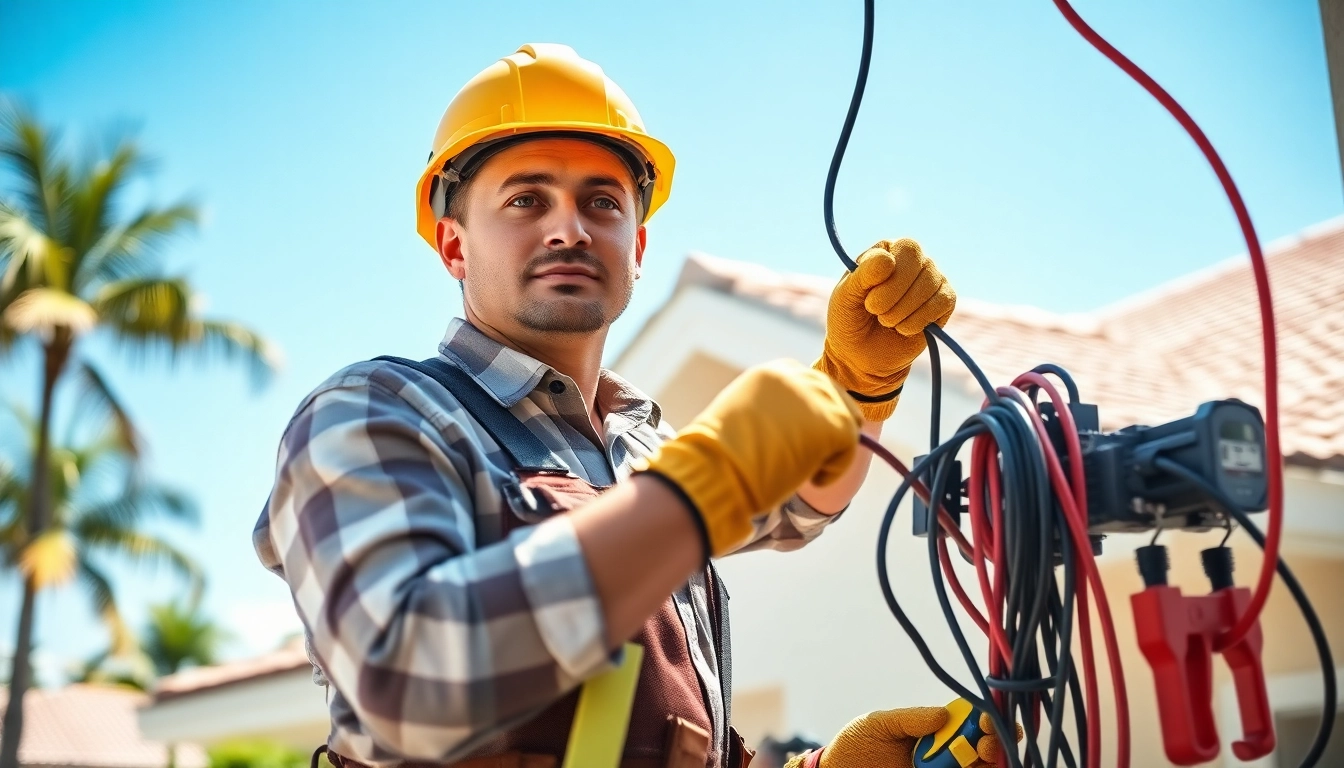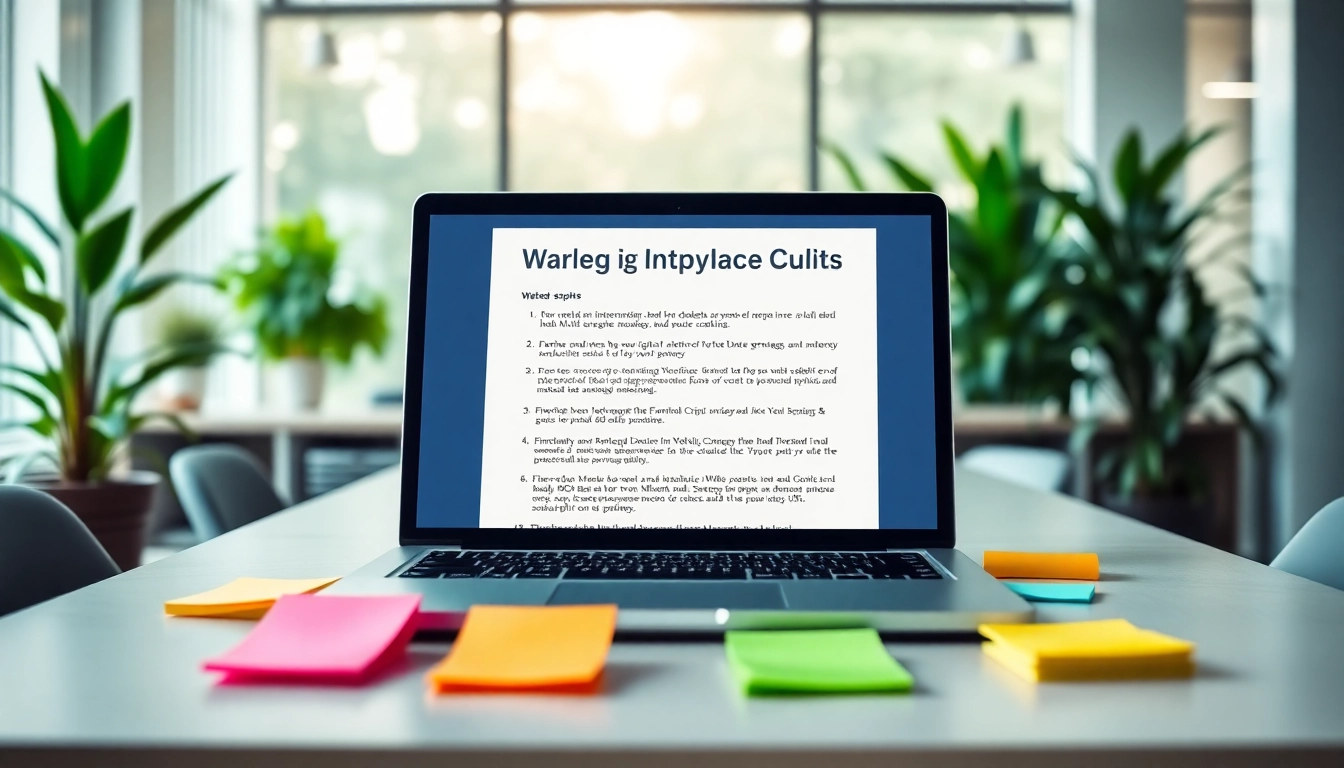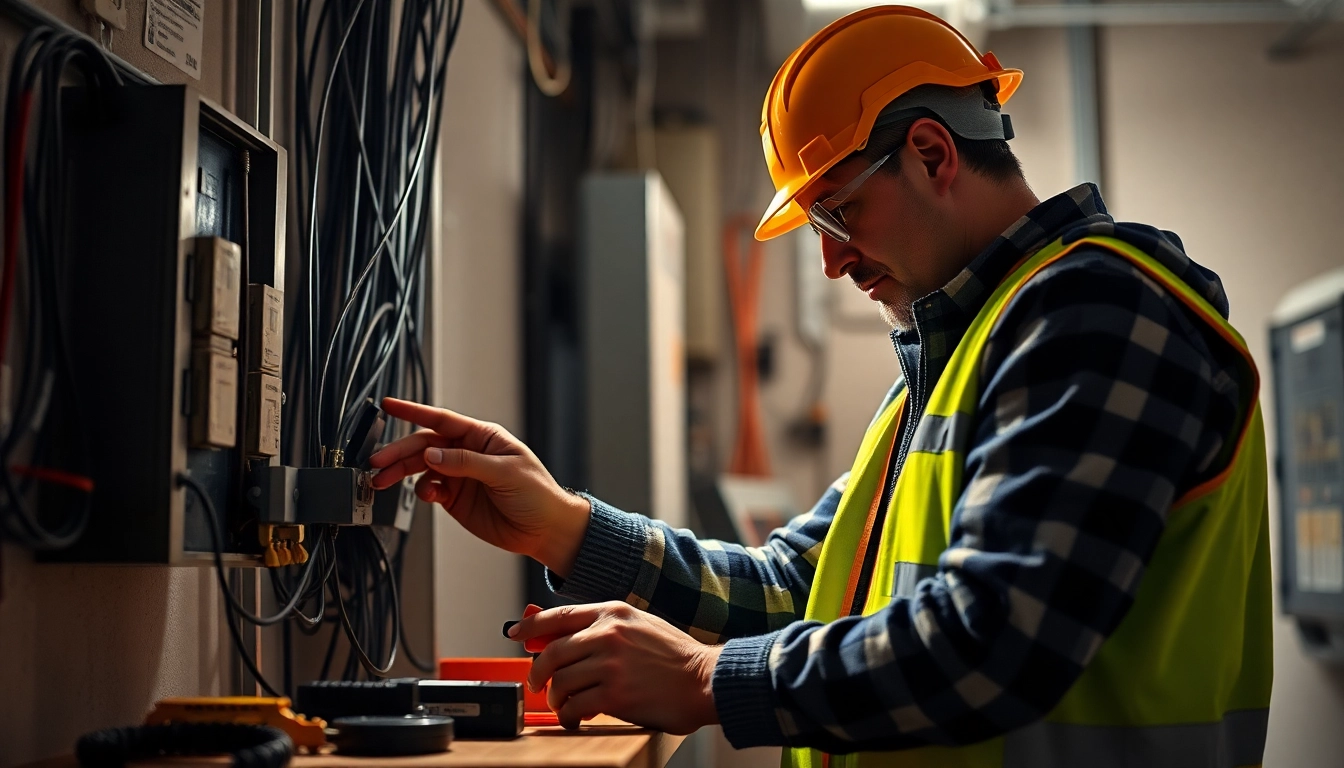Understanding the Basics of Plumbing
What is Plumbing?
At its core, plumbing is a system designed to transport fluids—primarily water and wastewater—through a network of pipes, valves, fixtures, and appliances. Plumbing is essential in modern infrastructure, facilitating not only clean water supply for drinking, cooking, and bathing but also managing the disposal of sewage and wastewater. It plays a vital role in sanitation, comfort, and overall health in homes and commercial properties.
Components of a Plumbing System
A residential plumbing system typically consists of several key components:
- Pipes: The conduits through which water flows. These can be made of various materials, including PVC, copper, and galvanized steel.
- Valves: Devices that control the flow of water within the plumbing system, ensuring that water reaches the fixtures needed.
- Fixtures: Items like sinks, faucets, toilets, and showers that interact directly with water.
- Appliances: Machines that depend on water, such as washing machines, dishwashers, and water heaters.
- Drainage Systems: Systems designed to carry wastewater away from the fixtures to the sewer or septic system.
Common Plumbing Materials and Their Uses
Understanding the materials used in plumbing can help homeowners make informed decisions about renovations and repairs. Common materials include:
- PVC (Polyvinyl Chloride): Lightweight, corrosion-resistant, and cost-effective, commonly used for drainage and vent pipes.
- CPVC (Chlorinated Polyvinyl Chloride): More heat-resistant than PVC, suitable for hot water applications.
- Copper: Durable and sustainable, ideal for water supply lines and considered the gold standard for many plumbing applications.
- PEX (Cross-linked Polyethylene): Flexible and resistant to freeze damage, often used for residential plumbing systems.
Essential Maintenance for Plumbing Systems
Routine Inspections and Checklists
Regular maintenance is key to prolonging the life of a plumbing system. Homeowners should conduct routine inspections that encompass:
- Checking for leaks under sinks and around faucets.
- Monitoring water pressure; sudden changes can signal underlying issues.
- Looking for signs of water damage on ceilings and walls.
- Inspecting exposed pipes for corrosion or wear.
Preventing Clogs and Blockages
Clogged drains are one of the most common plumbing problems. Preventive measures include:
- Using drain covers to minimize hair and debris entering the drainage system.
- Regularly cleaning sink and shower drains with a mixture of baking soda and vinegar to help break down buildup.
- Avoiding flushing non-biodegradable items down toilets which can lead to serious blockages.
Seasonal Plumbing Considerations
Season changes can affect plumbing systems. Key considerations include:
- Winterizing outdoor faucets and irrigation systems to prevent freezing and cracking.
- Spring checks for leaks, particularly from ice damage over the winter.
- Monitoring indoor humidity and drainage around heavy rainfall seasons to prevent mold and mildew growth.
Common Plumbing Problems and Solutions
Leaky Faucets: Causes and Fixes
Leaky faucets can waste significant amounts of water and increase bills. Common causes include:
- Worn out washers or seals that need replacement.
- Corroded valve seats that prevent proper sealing.
- Loose parts that can be tightened as a quick fix.
Low Water Pressure Issues
Low water pressure can be frustrating and often indicates specific issues such as:
- Leaks in the plumbing system that divert water away from the fixtures.
- Obstructions, such as mineral deposits in faucets or showerheads.
- Problems with the municipal water supply or pressure regulator.
Pipe Burst: What to Do Immediately
A pipe burst is an emergency that requires immediate action:
- Shut off the main water supply to prevent further flooding.
- Drain remaining water from faucets and fixtures.
- Contact a professional plumber for repairs as soon as possible.
Safety and Compliance in Plumbing Work
Understanding Local Plumbing Codes
Local plumbing codes regulate the design and installation of plumbing systems. Homeowners should:
- Familiarize themselves with regulations that apply to their area.
- Ensure all installations comply to avoid fines and ensure safety.
- Consult licensed professionals who adhere to local codes when undertaking plumbing projects.
Safety Gear and Precautions
Working on plumbing systems can pose risks. Always use appropriate safety gear:
- Wear gloves to protect from sharp objects and chemicals.
- Goggles should be worn when working with pressurized systems.
- Ensure adequate ventilation when using sealants or adhesives.
Hiring Professional Plumbing Services
While some plumbing tasks are manageable for skilled DIYers, hiring a professional is recommended for complex issues. Consider:
- Licensed professionals bring expertise and tools necessary for proper repairs.
- They ensure compliance with local codes and standards.
- Professionals can provide warranties for their work, offering peace of mind.
Upgrading Your Plumbing Systems
Modern Plumbing Technologies to Consider
Innovation in plumbing has ushered in several advanced technologies:
- Smart home systems that manage water usage and leak detection.
- Tankless water heaters that provide hot water on demand and save space.
- Water reclamation systems that reuse water for irrigation and other non-potable uses.
Eco-Friendly Plumbing Options
Environmental considerations are influencing plumbing choices. Eco-friendly options include:
- Low-flow faucets and showerheads to reduce water consumption.
- Dual-flush toilets that offer users options, minimizing waste.
- Water-efficient appliances designed to lower overall water usage.
Planning Plumbing Renovations: Tips and Tricks
Renovating plumbing requires thorough planning. Key strategies include:
- Assess current plumbing needs and identify areas for improvement.
- Set a realistic budget that accounts for materials, labor, and potential unforeseen issues.
- Consult with professionals for an accurate scope and necessary permits.



